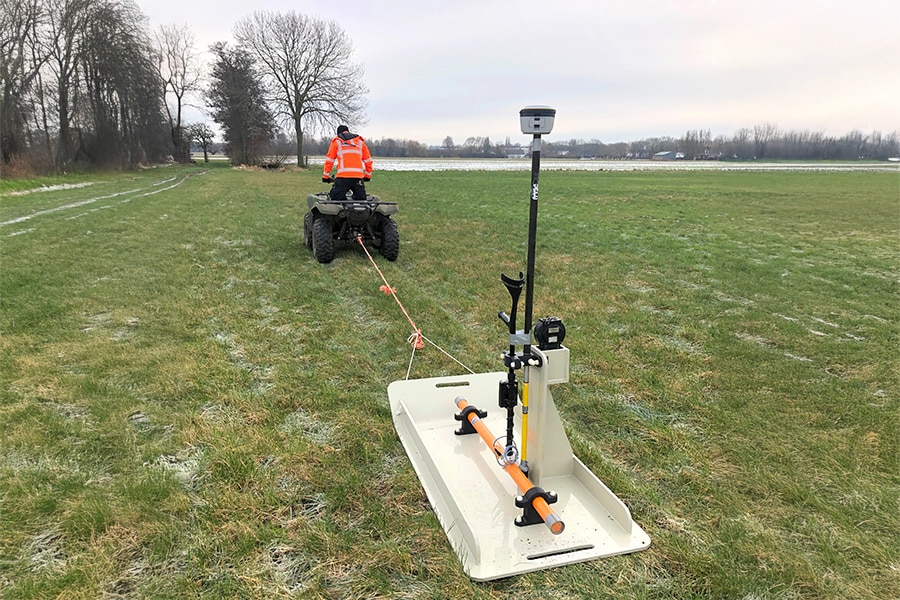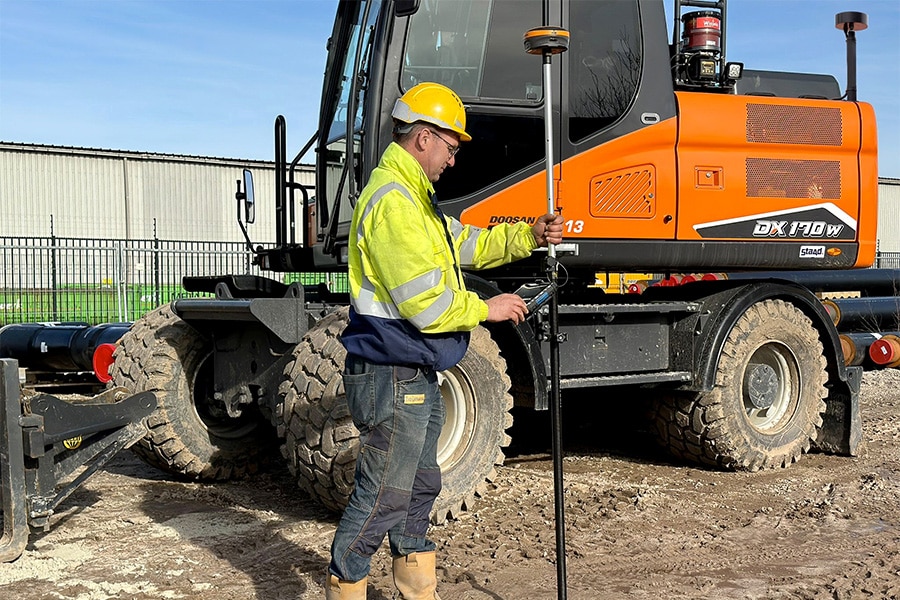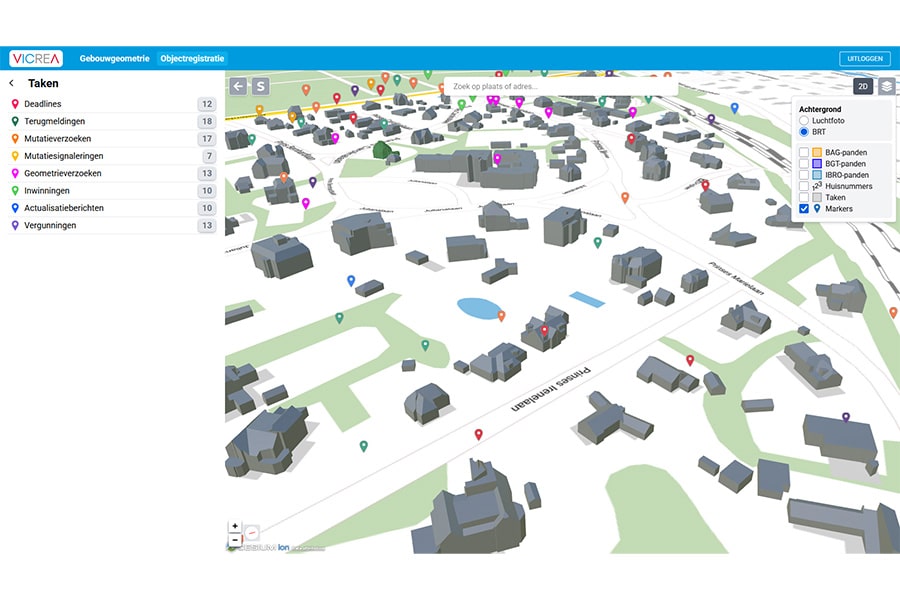
Special sliding method in the new A16 Rotterdam
Rijkswaterstaat is building a new freeway between the A13 at Rotterdam The Hague Airport and the A16/A20 at Terbregseplein. The 11 km long A16 Rotterdam will ensure that traffic on the A13, A20 and surrounding local roads will soon be able to travel more smoothly. The new connection will contribute to improved accessibility and livability of the region. The De Groene Boog construction consortium includes the TBI companies Mobilis and Croonwolter&dros, the former for the civil engineering components, the latter for all installations, including the tunnel installations. We speak with Martijn Jansen, design manager at Mobilis.
Viaduct will be a feat
"At Terbregseplein, the viaduct over the existing infrastructure will be a feat. We will slide cast-in-place box girders over the Terbregseplein, without hindering traffic. Also called the Incremental Launching Method," Jansen opens the conversation. "This is a method in civil engineering of building a complete bridge deck from just one side on the bridge, pushing the superstructure of the bridge in sections to the other side. We are talking about 400 meters per girder/drive. We are currently working on the pillars, over which the box girders will later be pushed. This method is unique for the Netherlands." Pushing takes place at a speed of about 0.5 meters per hour. "Completely safe, but for the traffic driving underneath it may be an unusual sight. Pushing is done from the north side, where the construction plant is."
The junction with the HSL is also a challenge; the work must not affect the existing infrastructure. The A16 Rotterdam, which will cross the HSL, is 8 meters above ground level. Jansen: "It will be raised with EPS. Micropiles provide the necessary foundation, which function as pressurized ground anchors. In the layers of the foundation of the HSL, we loosen the micropiles using PVC pipe as casing. So all load transfer takes place under the layer of the foundation of the HSL box. The junction with the Rotte River is also a challenge in terms of execution; we are making a tunnel under the river on site. Safe and watertight."
Traffic towards The Hague no longer across ring road
"The 11-km-long A16 Rotterdam will ensure that traffic on the A13, A20 and surrounding roads will soon be able to pass through more quickly and smoothly," Jansen says. "In addition to a smoother traffic flow, this will provide less inconvenience to local residents along the A20 and A13 near Overschie, there will be less noise pollution and we will reduce emissions."
The A16 will pass over the existing Terbregseplein and then continue in the Terbregseveld as a tunnel, under the Rotte River. "After that, the A16 continues as a semi-sunken tunnel, under the Lage Bergse Bos. So you can't hear, see or smell the new A16 here. This was a requirement of the Department of Waterways and Public Works as stated in the planning procedures decision. On the north side of Rotterdam, the semi-sunken tunnel will come out of the ground. To cross the HSL and Randstadrail there will be new viaducts over the railroad, after which the A16 will run parallel to the N209, followed by the connection to the A13," Jansen outlines.
Energy-neutral concept wins Sustainable Pearl
The A16 Rotterdam has a high-quality integration, thanks to the fact that in many locations you cannot see, hear or smell it. Also, the highway is the world's first energy-neutral highway with a tunnel. Jansen explains, "Much is connected to solar panel fields, including the installations located in the tunnel. For this, the A16 Rotterdam project was awarded a 'sustainable pearl', an award for projects that apply the Sustainable GWW Approach in a unique way. Sustainable Pearls are awarded to a combination of client and contractor who have paid above-average attention in a GWW project to applying the Sustainable GWW Approach or elements of it."
The De Groene Boog construction consortium, consists of BESIX, Dura Vermeer, Van Oord and TBI companies Croonwolter&dros and Mobilis. Says Jansen, "Ambitious commitments were made during the tender phase in terms of material use and energy in the use phase. In addition, the consortium tendered with CO2-Performance Ladder level 5 by at least 10 percent CO2-reduction as a goal. The CO2-emissions are reduced to a minimum. In addition to using fields with solar panels, and LED lighting, we also apply electric transport and hybrid equipment." So the project slogan is "Green and Groos" for a reason.
Three sub-areas
The A16 Rotterdam project has been divided into three subareas by construction consortium De Groene Boog. The area north of Rotterdam, the tunnel and the area around the Terbregseplein. In the VO phase after being awarded the contract, Jansen was responsible for all civil engineering works and now for the design of the civil objects in the area north of Rotterdam. "You can see the tunnel as one complex integral project, where there is a lot of interaction with the environment, local residents, business owners and stakeholders such as the Rottemeren Recreation Board. The area north of Rotterdam poses a geotechnical challenge, because of the weak subsoil and the large number of crossings. So at the Terbregseplein we are working with the so-called Incremental Launching Method. A unique method in the Netherlands that Mobilis is applying in the realization of the A16 Rotterdam."
Heeft u vragen over dit artikel, project of product?
Neem dan rechtstreeks contact op met Mobilis.
 Contact opnemen
Contact opnemen




